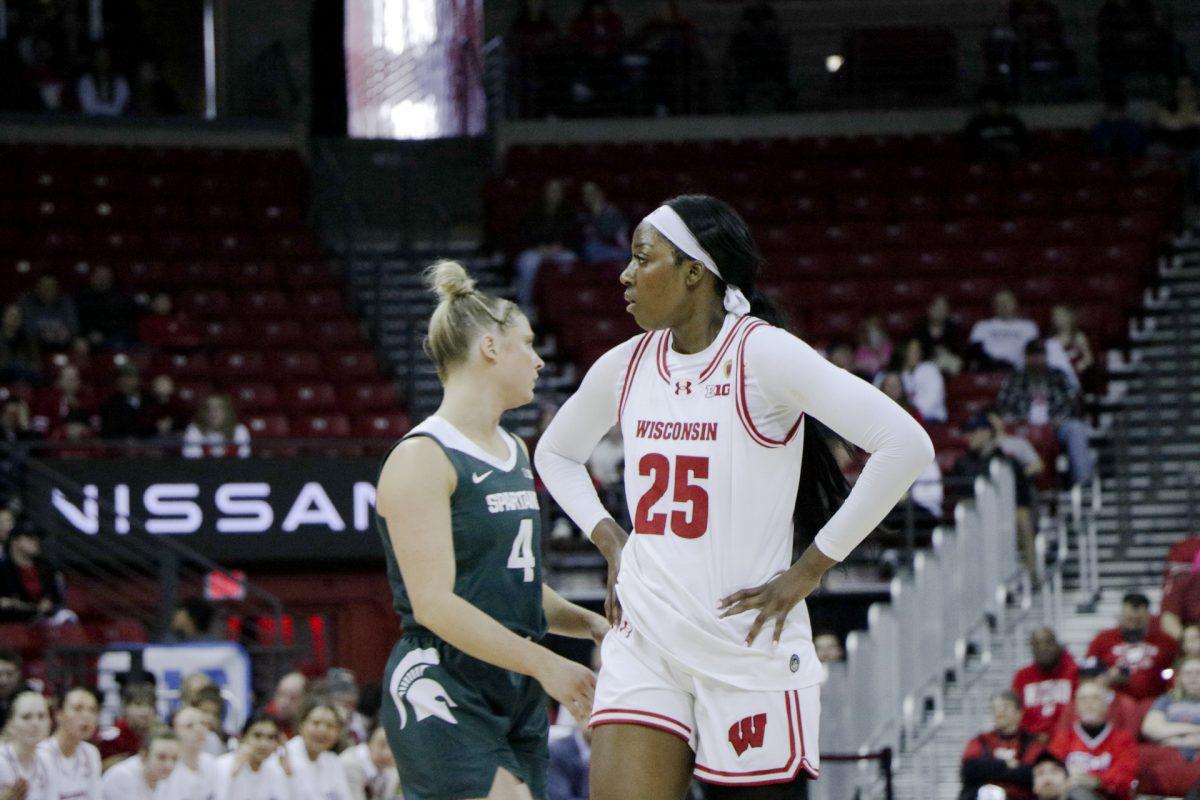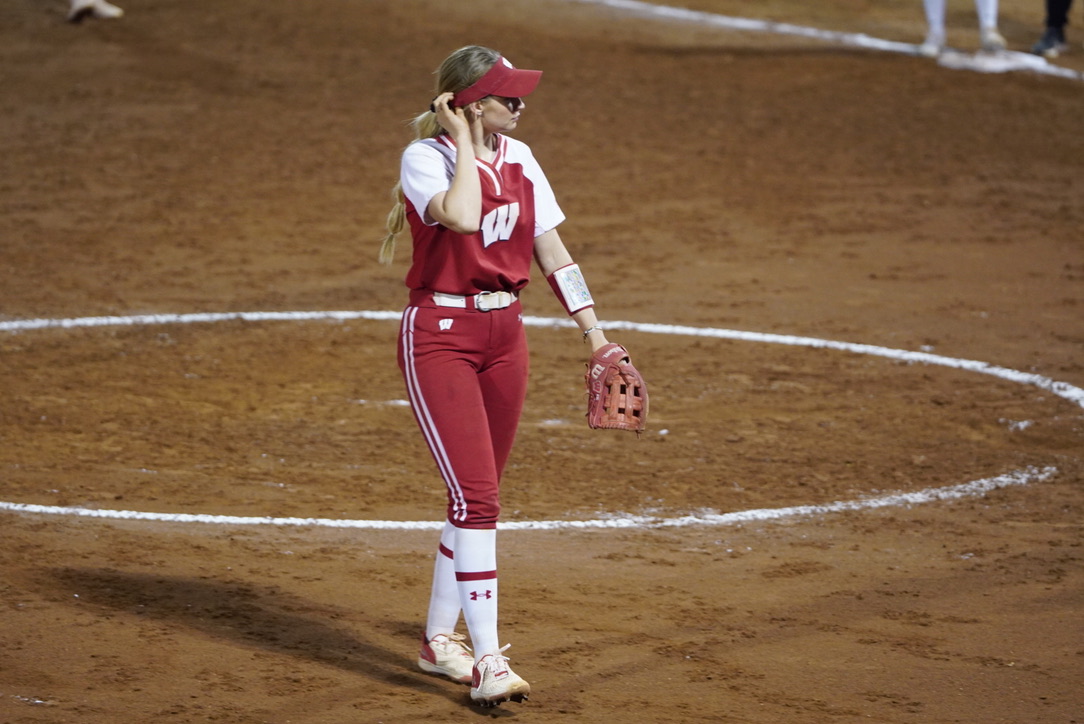As the NCAA’s proverbial ship has slowly but steadily taken on water, one can only ponder how much longer the organization—at least as is—can stay afloat before it finally capsizes.
With the filing of Northwestern football players for representation by a labor union led by former Wildcats’ quarterback Kain Colter, the NCAA has taken a subtle but crucial blow below the bow that could ultimately spell the doom of the governing body of collegiate athletics.
Unlike previous scenarios such as the Miami football scandal from last winter and the ongoing Ed O’Bannon class action lawsuit, this time the NCAA had, or maybe still has, the ball in its own court. But after NCAA Chief Legal Officer Donald Remy released a statement on the organization’s website Tuesday, which, among other things, said that “Student athletes are not employees, and their participation in college sports is voluntary. We stand for all student-athletes, not just those the unions want to professionalize,” the NCAA may have already missed its shot.
Although the NCAA’s statement possesses an air of truth, two major problems present themselves in just the two sentences, sentences that contradict one another.
For starters, the statement exudes a sense of arrogance in that the governing body believes it is completely in the right, essentially saying the players have no chance of accomplishing the feat of unionizing.
But this isn’t the first time the NCAA has been guilty of such arrogance. The omnipotence and omniscience of the organization’s leaders led them to believe that they could cut corners in the investigation of Miami early in 2013, which resulted in the firing of the head of the NCAA’s enforcement division, Julie Roe Lach. The same arrogance also impaired the governing body’s foresight when it decided to allow athlete’s likenesses to be used for its own profit, not the athletes, leading to the O’Bannon class action case that could eventually cost the NCAA an exorbitant amount of money.
Unfortunately, these three incidents aren’t isolated or infrequent, but merely a handful of plot points that connect together with the myriad of other all-too-similar situations to illustrate the motive of the organization.
This is where the contradiction in the above statement comes into play. Sure, the idea of student-athletes unionizing might seem a little ludicrous, but is the notion behind the movement really that absurd?
What these players want is to be ensured the safety, security and the right to what they deserve. However, by dismissing the players’ idea to unionize as a laughable joke hardly worth its time, the NCAA refuted any beliefs that it stands for all athletes.
Perhaps a time existed when all was well and good in college athletics, the revenue sports were pure and the world was full of sugar, spice and everything nice, but those days are long gone.
The NCAA was originally founded in 1906, and not for the reason of giving the leaders of college athletics an opportunity to make wads of cash off unsuspecting “amateurs.” It was born out of a necessity to protect players from injury and death at a time when both of those possibilities were all too real.
Now, the organization that had its origins in serving those who put their bodies on the line has packed those distant relics of what used to be people full of meaning and worth into a box, dropped them in the attic and left them in the dark.
The athletes and their well-being, at least at the time of the NCAA’s inception, were cared for and recognized for their worth, but as time has worn on, money came into sight and the athletes lost their significance. Situations have surfaced throughout the years that have made it seem like the NCAA truly believes the athletes are of the utmost importance instead of the money. However, those scenarios have only taken place when the athletes have fallen into the path of the NCAA, such as the O’Bannon lawsuit, leaving it no choice but to recognize and deal with the faces that drive the organization.
In those situations, the NCAA’s body of governance has been quick to dismiss those who confront it. If they can’t dismiss the problem, then the leaders of college sports fix the problem on the surface and quickly throw it to the wayside without addressing the core issues that bring about basically every problem the NCAA faces, specifically money.
This time, the student-athletes concerns had nothing to do with money. They simply wanted a seat in the roundtable discussion of college athletics. Going for unionization might not have been the best tactic, but with how the athletes have been disregarded in the past, what choice did they have left but to directly confront the NCAA by filing for representation?
The decision of the National Labor Relations Board is yet to be seen, but regardless of the outcome, the NCAA is one step closer on its march to death row.
There has been ample opportunity for the leaders of college athletics to affect change and make the move for the better. But by ignoring the players, the roots of the organization, the NCAA has sealed its fate.
All that’s left to be seen is what becomes of the organization and what happens to the revenue sports of basketball and football.
In the meantime, enjoy what moments of “purity” remain—because they won’t be around for much longer.



















